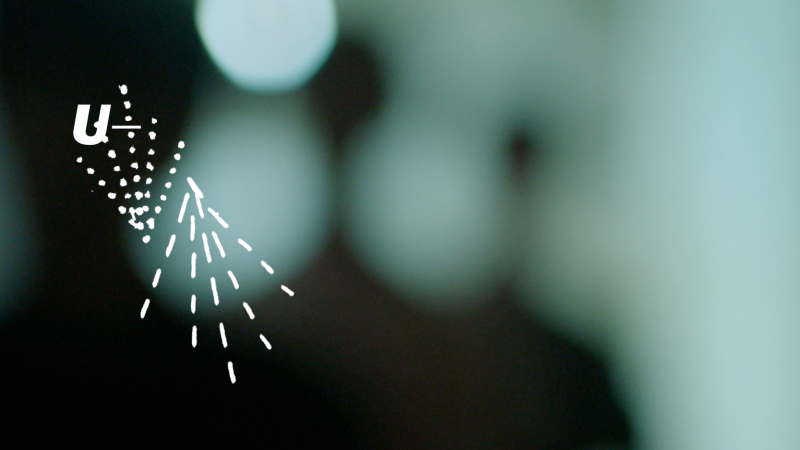Fog of War
-
Modern war is a livestream. Footage from the scene of a tragedy is available online just a few minutes after the event. What previously could not be published is now becoming an everyday occurrence on social media. The question is: at what point do we stop seeing a person in a blurry spot on the screen?
-
In the film project Fog of War, Kuba Tomaszewicz, Mateusz Erdmann, Katarzyna Sierka, Michał Więckowski, and Marcell Lobenwein use blurry shots, usually dismissed as a technical error. Blurred images hidden under the label of “explicit content” allow us to consume extreme visuals online, such as violence, war, or murder. This is a visual form that, despite its lack of literalness, arouses emotions and at the same time normalizes evil. The Fog of War project attempts to address one of the most urgent issues of modern times: how can we protect our sensitivity and capacity for empathy in the face of ubiquitous online content that is becoming increasingly violent?
-
With our film, we want to emphasize that the images depict real people and real tragedies. In the scenes, we show various forms of drastic content, from recordings of domestic violence to footage from armed-conflict zones. Sometimes we sharpen the image for a split second, so that the viewer feels the moment when evil takes on a face – real and shocking. The aim of the project is to provoke reflection on how images – especially those from social media – manipulate our perception of the world. We want to draw attention to how online content dulls our sensitivity. Given the amount of violent imagery, we are becoming increasingly indifferent to the tragedies that are made common to us. Where is the limit of the displacement of empathy?


